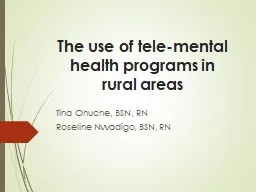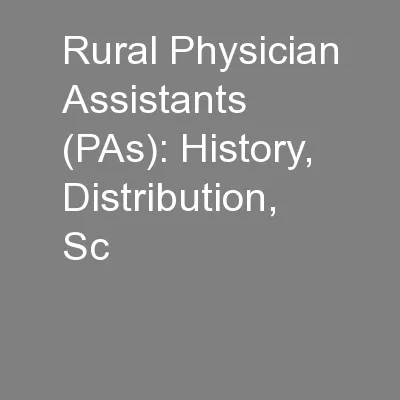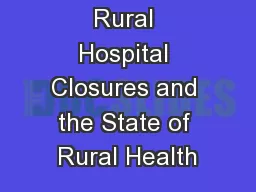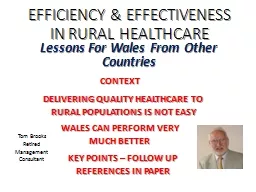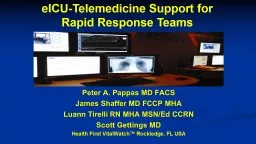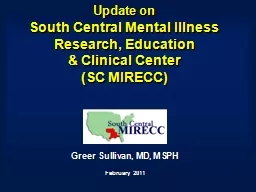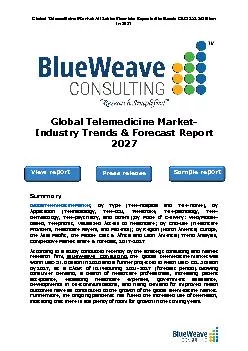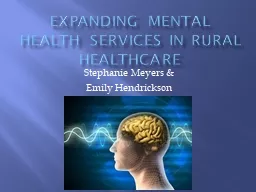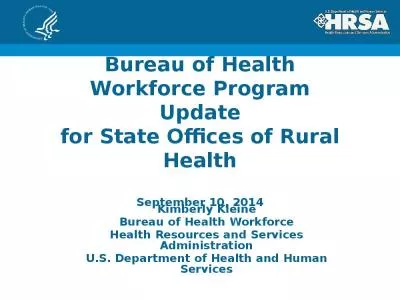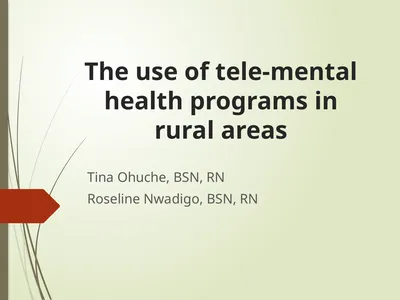PPT-The use of tele-mental health programs in rural areas
Author : grewhypo | Published Date : 2020-06-30
Tina Ohuche BSN RN Roseline Nwadigo BSN RN Definition Telemental health TMH care is a multidisciplinary approach that is based on the use of computer sciences
Presentation Embed Code
Download Presentation
Download Presentation The PPT/PDF document "The use of tele-mental health programs i..." is the property of its rightful owner. Permission is granted to download and print the materials on this website for personal, non-commercial use only, and to display it on your personal computer provided you do not modify the materials and that you retain all copyright notices contained in the materials. By downloading content from our website, you accept the terms of this agreement.
The use of tele-mental health programs in rural areas: Transcript
Download Rules Of Document
"The use of tele-mental health programs in rural areas"The content belongs to its owner. You may download and print it for personal use, without modification, and keep all copyright notices. By downloading, you agree to these terms.
Related Documents

